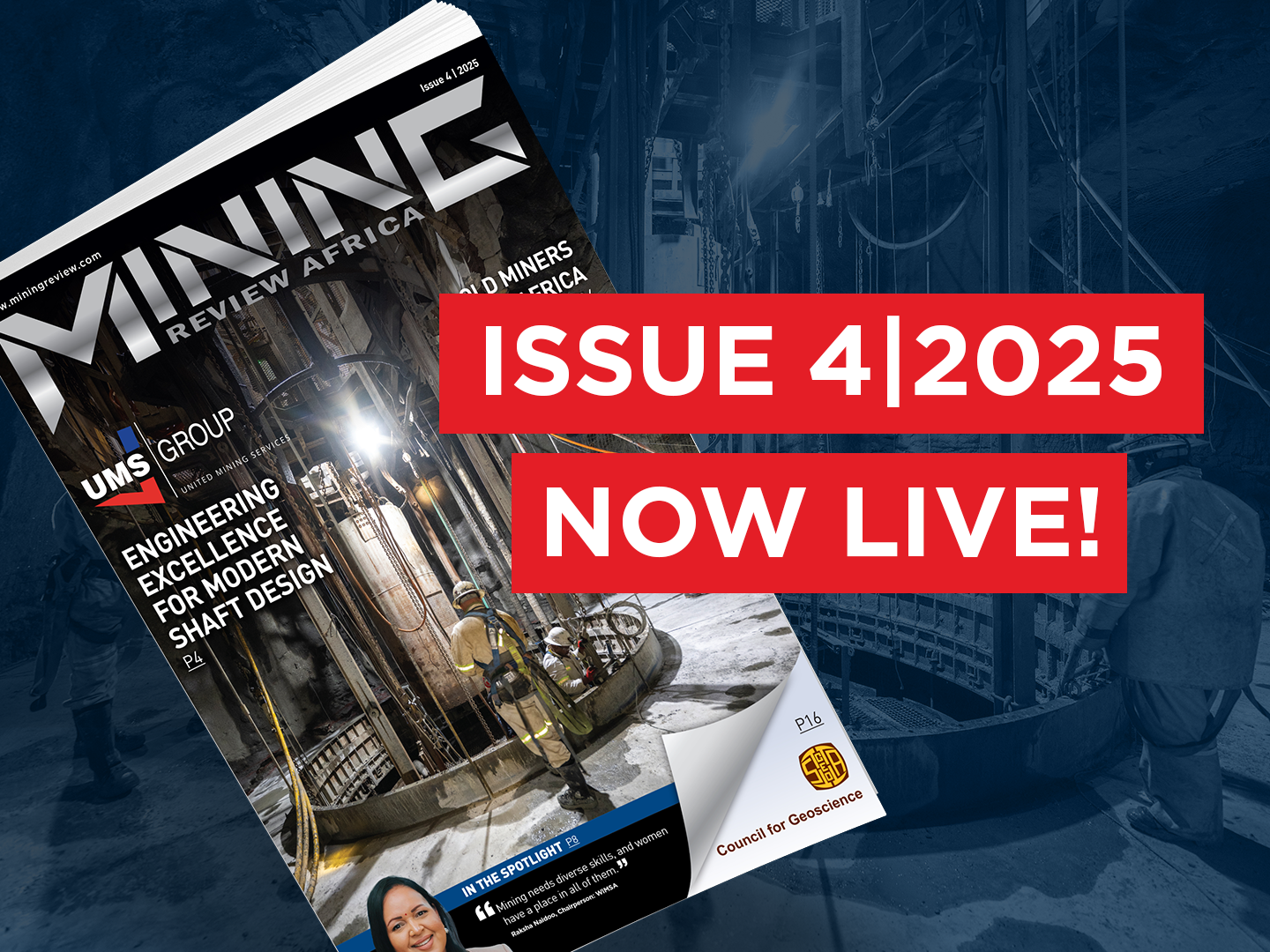Only YOU can prevent another Brumadinho
To this day, whenever I watch videos of the Brumadinho tailings dam disaster in Brazil in January 2019, I am still in shock. How could a tragedy of such enormity, that claimed 270 lives and whose negative impact on the environment is still being felt today, be even allowed to happen? It boggles the mind to think that the mine owners were so careless as to pay no attention to a looming disaster.
According to reports, the dam had not received tailings since 2014 and, according to the mining company, it underwent bi-weekly field inspections. It was also reported that the mine owner knew about the problems with sensors designed to monitor the dam’s structural integrity, raising questions about whether there were missed warnings ahead of the dam burst.
There have been many theories as to what led to the dam’s collapse and who is ultimately responsible. It is a debate that still rages on. The bottom line is that it should not have been allowed to happen. No amount of blame-shifting can ever replace a human life. Neither will it reverse the effect on the environment for generations to come.
I once heard that history exists to ensure that we don’t make the same mistakes of the past. Yes, Brumadinho was an unfortunate tragedy, but it also put tailings dam management in the spotlight. Since then, mining companies have pledged to be more responsible to prevent similar failures. In 2020, the Global Industry Standard on Tailings Management (GISTM) was launched, and over the years, many mining companies have committed themselves to adhering to the standard.
Earlier this year, the Global Tailings Management Institute (GTMI) was launched to champion the cause to help make mine tailings facilities safer for people and the environment. It is headquartered in South Africa, a country that has had its fair share of tailings dam failures.
Technological advancements are also playing a key role as mines take a more proactive approach to tailings management. You can read more about tailings management in our Water in Mining feature in this issue.
However, standards and technology aside, it requires more. There needs to be a change in mindset that tailings management should not be an afterthought.
You cannot simply mine for lucrative minerals for profit while what is not used is dumped without any consideration of the impact it will have on a mine, the environment and people.
Yes, legislation can be enforced, companies can be penalised but ultimately it boils down to all of us in the mining sector.
We need to ask ourselves: Are we all playing our part to prevent another Brumadinho?

